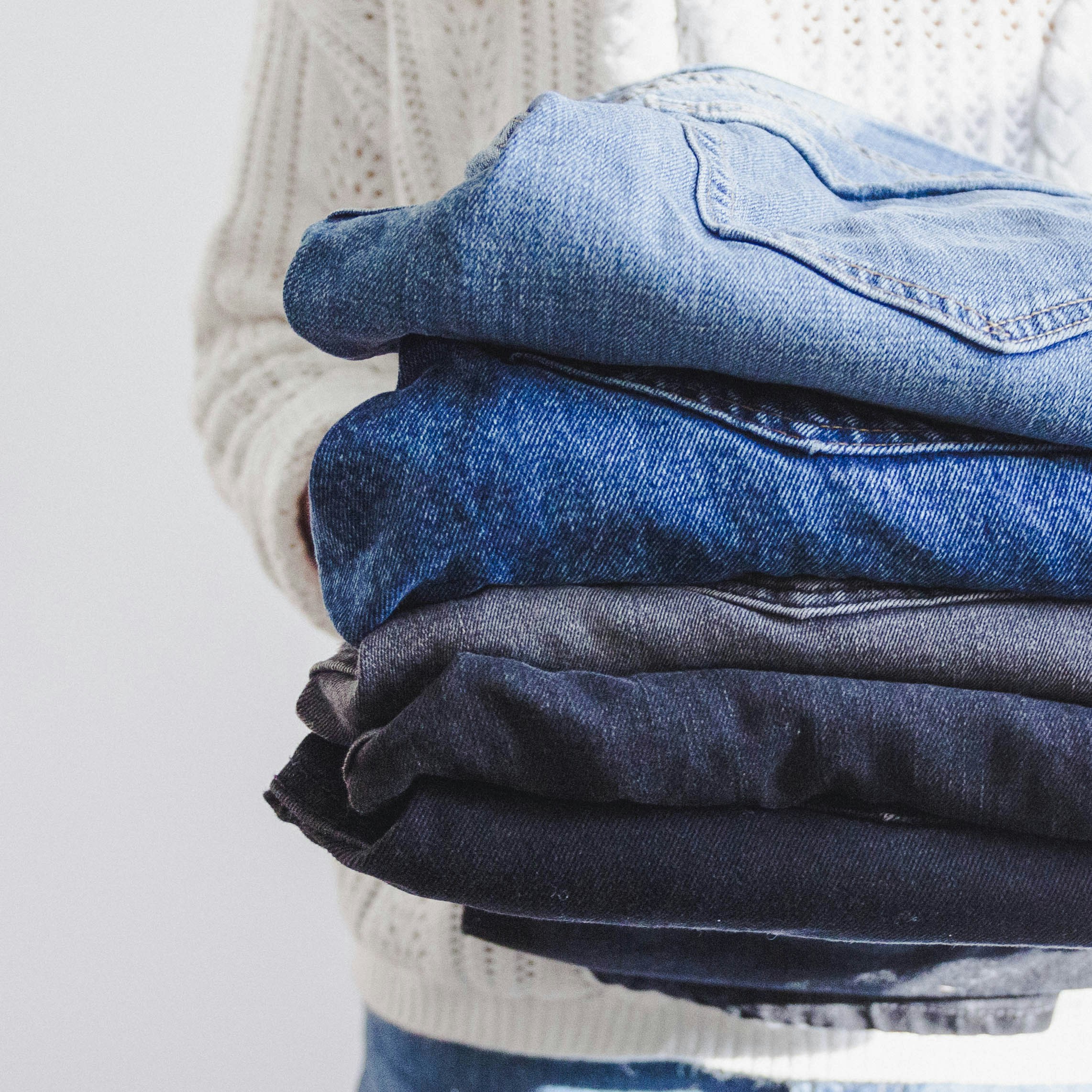The Rise of Sustainable Fashion: How Eco-Friendly Clothing Is Changing the Industry
🌍 The Rise of Sustainable Fashion: How Eco-Friendly Clothing Is Changing the Industry
By [Your Name]
Date: May 3, 2025
[Alt text: Folded organic cotton shirts with eco-friendly tags labeled "sustainable" and "recycled"]
🌱 Introduction
Fashion has always been a statement—of style, culture, and identity. But in 2025, it’s also a statement about values. With the fashion industry contributing 10% of global carbon emissions (more than aviation and shipping combined), consumers and brands are rewriting the rules.
From Gucci’s carbon-neutral pledge to startups making sneakers from algae, the $1.5 trillion apparel industry is embracing sustainability—not just as a trend, but as a lifeline for the planet.
🧵 What Is Sustainable Fashion?
Sustainable fashion refers to clothing designed, produced, and consumed with minimal harm to people and the planet. Key pillars:
| Pillar | Examples |
|---|---|
| Eco Materials | Organic cotton, hemp, recycled polyester, TENCEL™ |
| Ethical Labor | Fair wages, safe factories (look for Fair Trade or B Corp certifications) |
| Circular Systems | Clothing rental, repair services, upcycling (e.g., Patagonia Worn Wear) |
| Low-Impact Production | Waterless dyeing, solar-powered factories, biodegradable packaging |
Did You Know?
Making one pair of jeans consumes 7,500 liters of water—enough for one person to drink for 7 years.
60% of garments are discarded within 1 year of purchase (Ellen MacArthur Foundation).
📉 The Dark Side of Fast Fashion
Fast fashion’s "buy more, waste more" model has devastating costs:
[Alt text: Pile of discarded clothing in a landfill]
By the Numbers
| Issue | Impact |
|---|---|
| Water Waste | 2,700 liters to make 1 cotton shirt (WHO) |
| Chemical Pollution | 20% of global wastewater comes from textile dyeing (World Bank) |
| Labor Exploitation | 80% of garment workers are women paid <$3/day (Clean Clothes Campaign) |
Case Study: After the 2013 Rana Plaza collapse (killing 1,134 workers), the Fashion Revolution movement demanded transparency with #WhoMadeMyClothes.
🌿 4 Sustainable Alternatives Changing the Game
1. Eco-Friendly Fabrics
Organic Cotton: Uses 91% less water than conventional cotton (Textile Exchange).
Hemp: Grows without pesticides, enriches soil, and is 100% biodegradable.
Recycled Polyester: Made from plastic bottles (Adidas uses this for 50% of its products).
[Alt text: Side-by-side comparison of organic and pesticide-treated cotton fields]
2. Ethical Brands Leading the Charge
| Brand | Why They Stand Out | Certifications |
|---|---|---|
| Patagonia | Repairs old gear, 100% recycled materials | B Corp, Fair Trade |
| Reformation | Carbon-neutral, water-saving techniques | Climate Neutral Certified |
| ThredUP | Resells 55,000+ brands to combat waste | — |
3. The Secondhand Boom
The thrift market will hit $84B by 2030 (ThredUP 2024 report).
Apps like Depop and Poshmark make vintage shopping trendy.
4. Tech Innovations
Lab-grown leather (e.g., Bolt Threads’ mushroom leather)
Digital clothing (NFT outfits reduce physical waste)
♻️ How You Can Support the Movement
5 Actionable Steps
Adopt the 30-Wear Rule: Ask, "Will I wear this 30 times?" before buying.
Shop Secondhand First: 85% of textiles end up in landfills—thrifting cuts waste.
Support Transparent Brands: Check ratings on Good On You or The Fashion Transparency Index.
Wash Cold, Air Dry: 60% of a garment’s footprint comes from washing (Levi’s).
Host a Clothing Swap: Trade items with friends instead of buying new.
Pro Tip: Use Livia Firth’s "30 Wears Challenge" sticker to tag loved items!
📈 The Future of Fashion
Regulations: France bans destroying unsold inventory; California’s SB 62 mandates fair pay.
Tech: Blockchain tracks supply chains (e.g., VeChain for luxury brands).
Gen Z Demand: 75% prefer sustainable brands (McKinsey 2025).
"The future of fashion is circular—where waste is designed out, and materials are endlessly reused."
— Ellen MacArthur
💬 Final Thoughts
Sustainable fashion isn’t about perfection—it’s about progress. Every thrifted shirt, every repaired seam, and every ethical purchase votes for a fairer, greener world.


Comments
Post a Comment